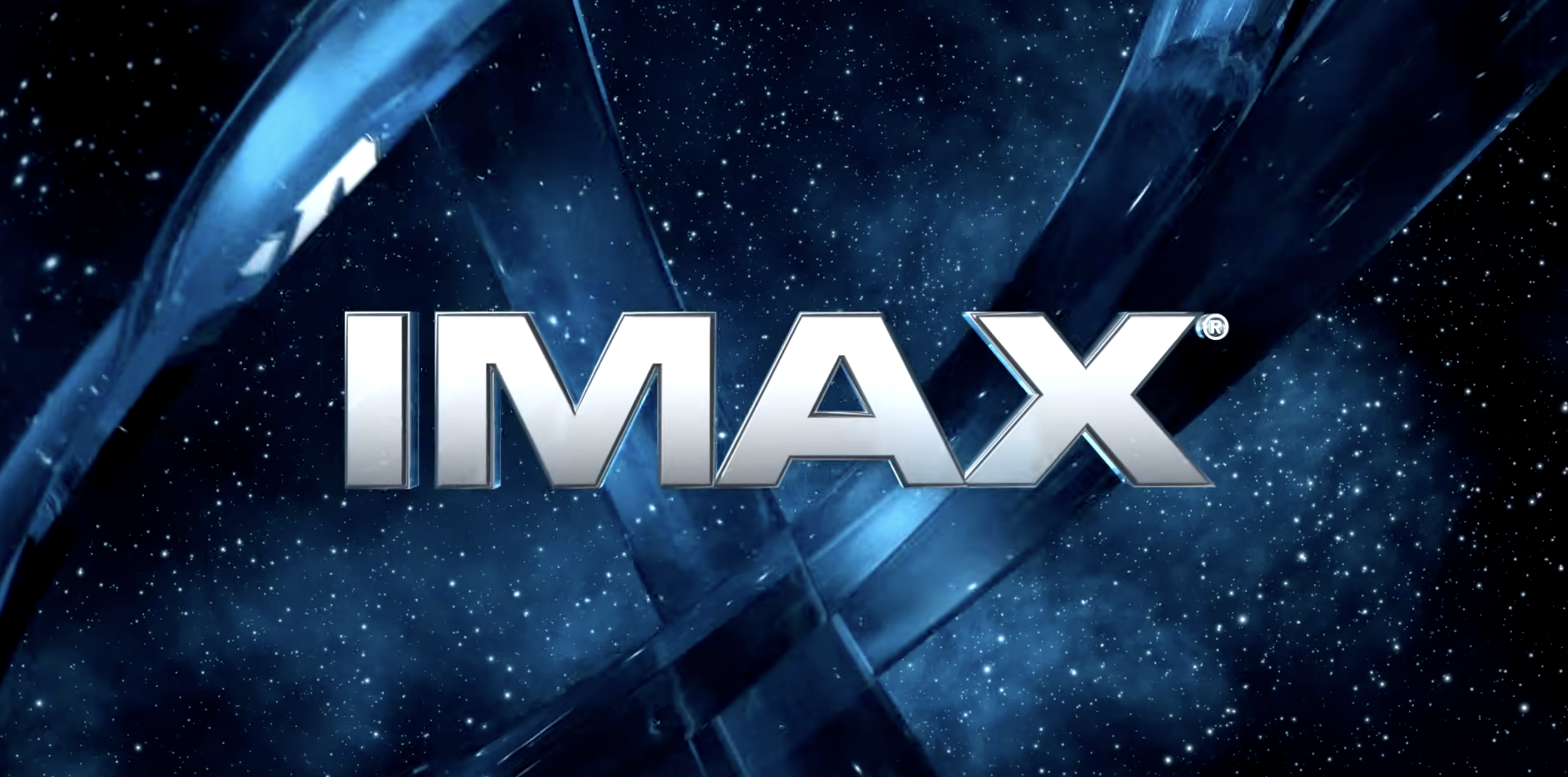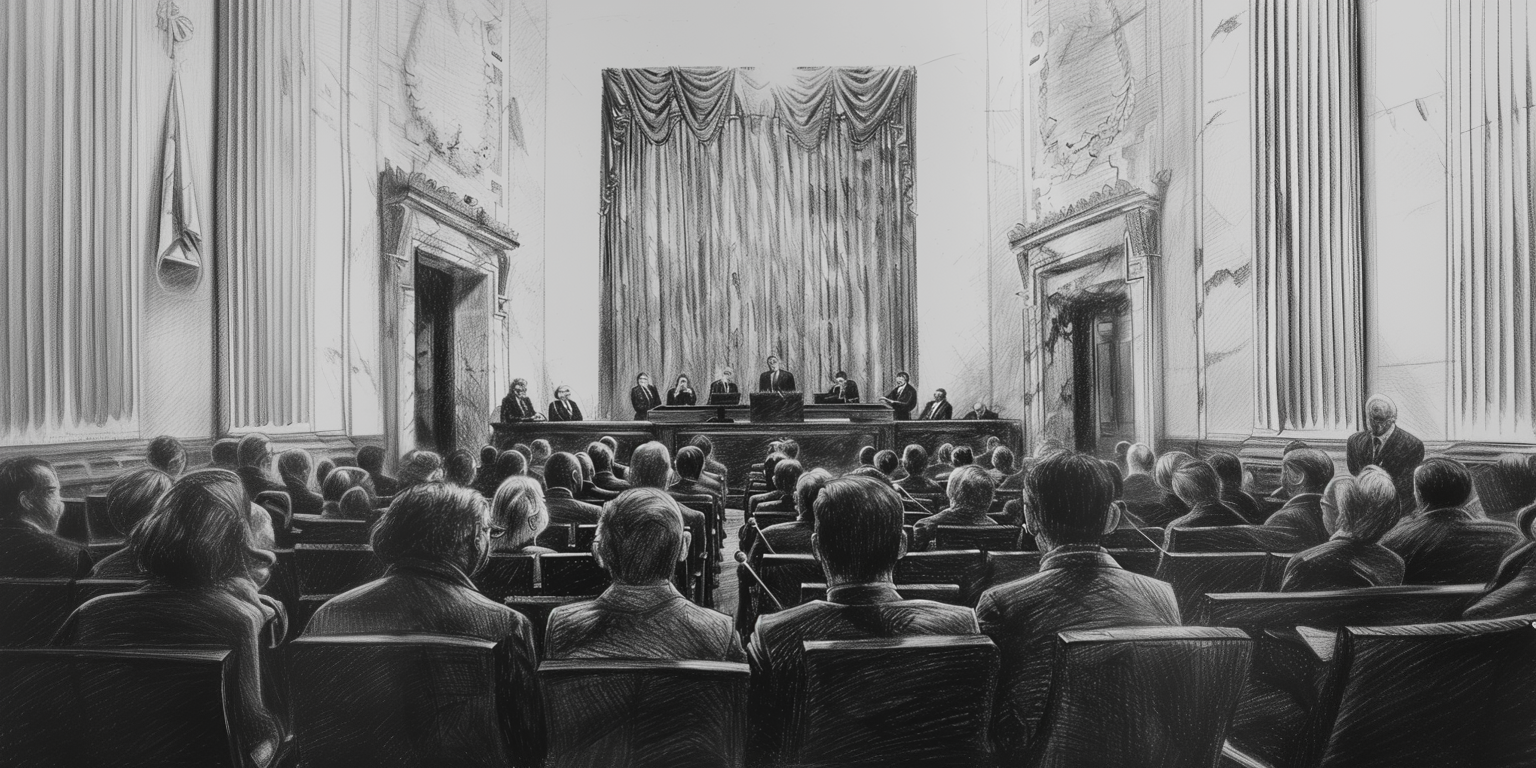Startups comms, essays on tech and five great links each week.
Posts tagged Best
The Broken Promises of Substack
Substack promised independence, but has evolved into another platform playing the same game as everyone else. The crab always becomes a crab.

IMAX is a Superbrand
Superbrands create and control key technology allowing them to break the common laws of branding and put themselves forward. Here's how IMAX put an intro in front of every movie.

Can Markets Regulate Themselves?
Sometimes, governments regulate markets. And sometimes, market participants regulate themselves. The outcome can be surprisingly different; thankfully, we have several examples that can serve as case studies.

Why Privacy Is Overrated
I’m not against privacy, and I understand why people might not want someone to track web pages or apps they use. But it’s important to remember that there’s a trade-off and be prepared for the outcome.

How to Start Your Blog
Running your own blog helps you keep an online journal of your life and thoughts that doesn't depend on unreliable tech platforms like Facebook or Twitter. But this process is still needlessly complicated and certainly not user-friendly for regular people.

Why I Dropped Apple Watch for a Mechanical Watch
I’ve always been into watches and for the last 5 years, since Series 2, I’ve been almost exclusively wearing an Apple Watch. Recently I pulled a trigger on a mechanical timepiece I wanted a long time ago and have been enjoying it since.
